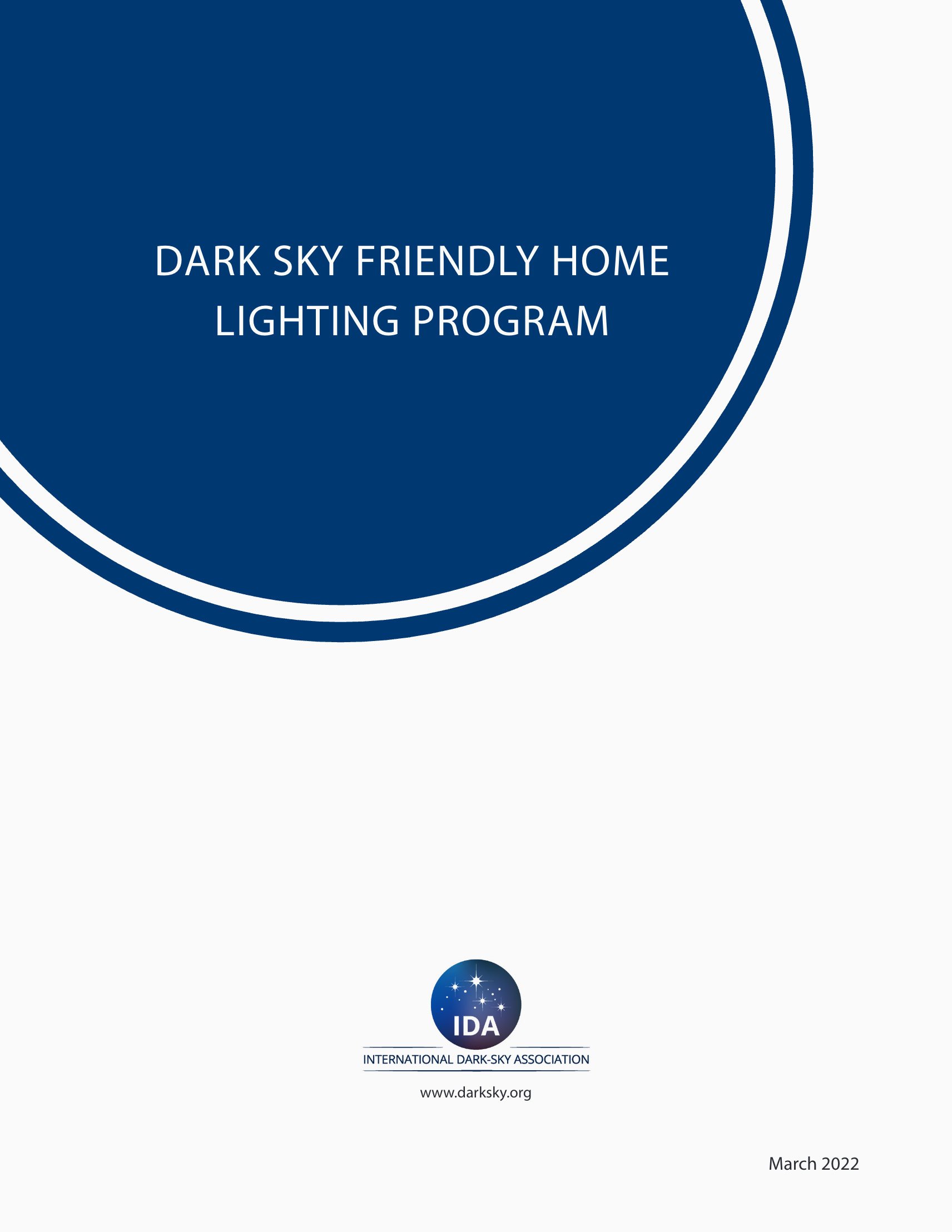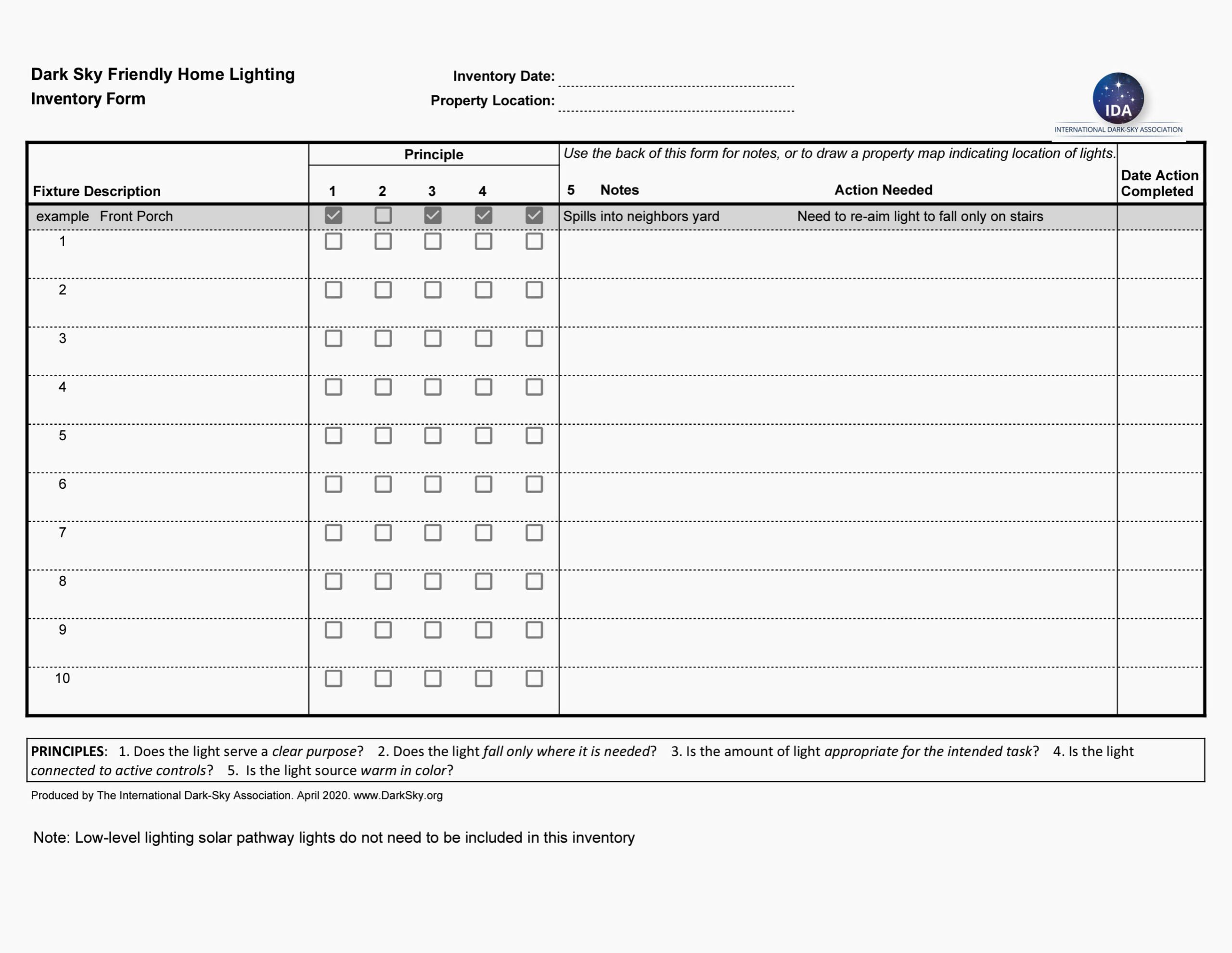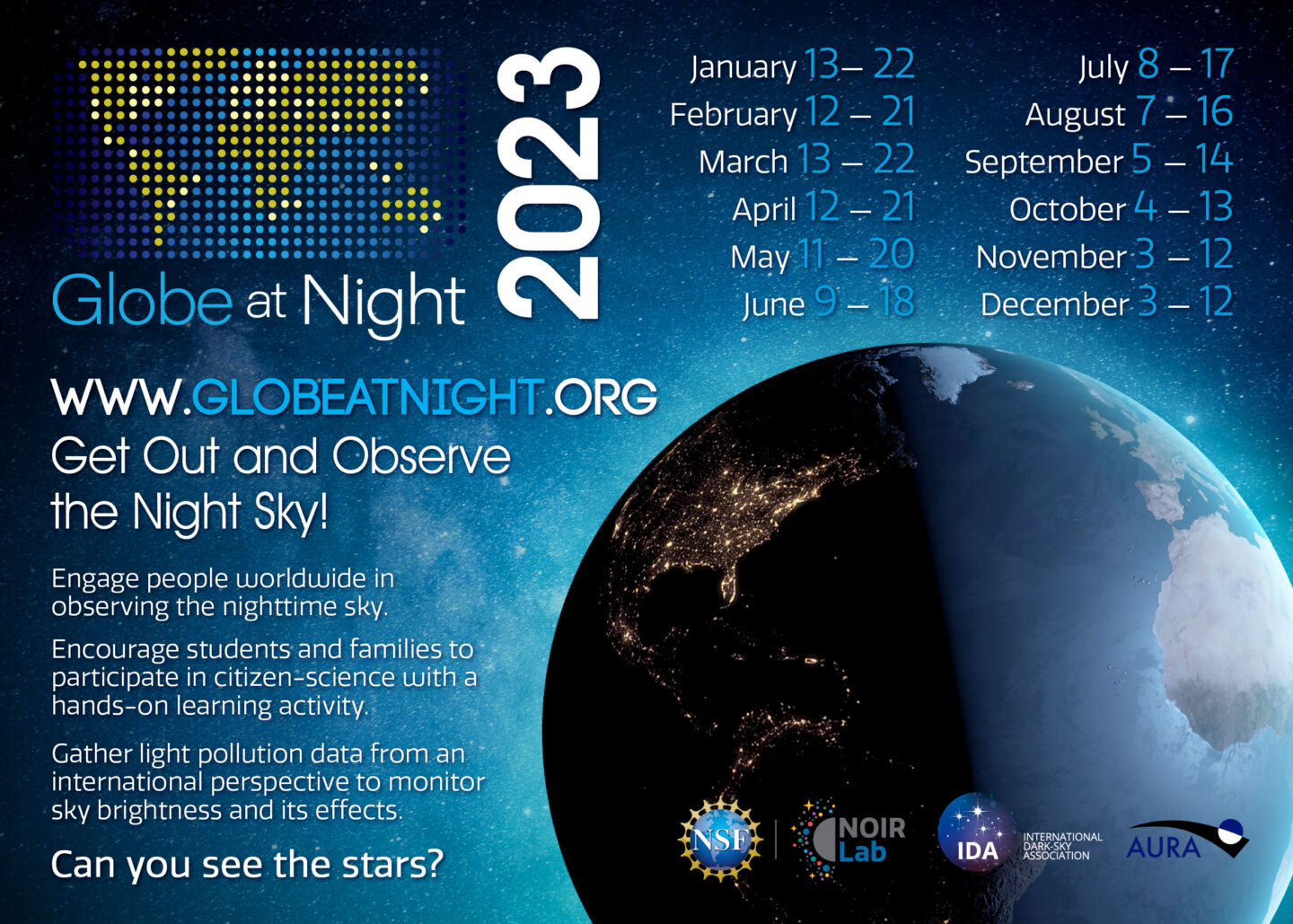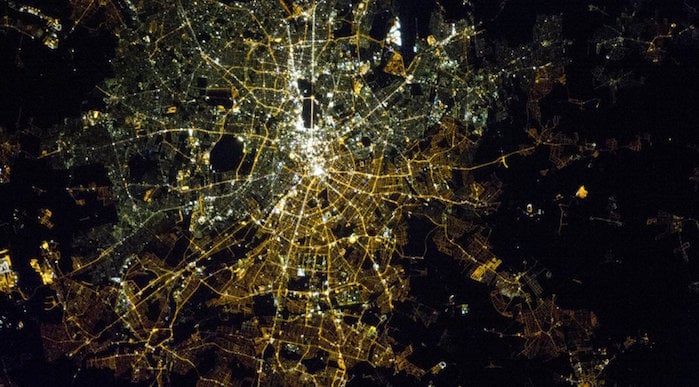
Assess your home’s outdoor lighting
DarkSky’s Home Lighting Assessment helps you identify problem lighting and solutions that can reduce light pollution.
Do you know if your home lighting is community and night sky friendly? Follow the steps below to find out.
DarkSky’s Home Lighting Assessment helps you identify problem lighting and solutions that can reduce light pollution. Most people will find that a few simple changes can lead to lighting that is both beautiful and functional, without contributing to excessive light pollution.

Four steps to your Dark Sky Friendly Home certification
- Evaluate each outdoor light on your property using the Five Principles for Responsible Outdoor Lighting below, and complete the home lighting inventory form (PDF).
- Improve any of your fixtures that don’t check all five boxes on the home lighting inventory.
- Confirm that your luminaires are now dark sky friendly by recording the date that you took any necessary action.
- Submit your results via our self-certification form. Then download your Dark Sky Friendly Home certificate.
Five Principles for Responsible Outdoor Lighting — at home!
Follow these five lighting principles to make your home dark sky friendly.

1 – Does the light serve a clear and necessary purpose?
Light is useful for safe wayfinding and to help perform specific tasks. In the top image of the example below, the light illuminates only the entryway and stairs, where it is needed.
If you find that lights on your property are not necessary or useful, remove or disable them so that they are not accidentally turned on.



2 – Does the light fall only where it is needed?
Direct the light down, not up into the sky, and target your fixtures so that light does not spill beyond where it is needed. From eye level, the light source should be even with or recessed within the light fixture, ensuring that there is no visual discomfort, known as glare.
If the light spills beyond where it is needed, replace it with a shielded fixture or reorient the light so that it does not extend beyond where it is needed. Be especially mindful of light that spills up into the sky or onto other people’s property.



3 – Is the amount of light appropriate for the intended task?
Use the lowest lighting level needed to perform the intended task.
Excessive light can contribute to glare, actually making it harder to see things well. If you find that the lighting level around your home is too bright for the task it is intended for, change the fixture’s bulb to one with a lower light output or consider incorporating dimmers.



4 – Is the light connected to active controls?
Switch off any exterior lights when possible. Light should only be used when needed, to reduce the impact on the environment and save electricity.
Outdoor lights that are necessary should be connected to a timer or motion sensor. Motion sensors should be set to times of five minutes or less. Dusk-to-dawn sensors are strongly discouraged, as they release light when it is not needed.
Make sure sensor trigger sensitivity is set appropriately so that the fixtures light the area only when people are present.



5 – Is the light source warm in color?
Light bulbs manufactured today have a Kelvin (K) rating printed on the bulb or box. Low Kelvin ratings (3000 K or less) are considered “warm” in appearance and generally emit less harmful blue light than higher-Kelvin ratings. For home lighting, there are good options at 2700 K or less. Consider going as warm as possible, especially if you are in an ecologically sensitive area.


Did you know? DarkSky certifies dark sky friendly light fixtures through our DarkSky Approved program. Check out DarkSky Approved dark sky friendly fixtures for your home.
Printable resources
Download and print these resources to help you complete the four steps to your Dark Sky Friendly Home certification.
Ready to certify your home?
Fill out the form and download your certificate.
About
The Dark Sky Friendly Home certification program is based on the Five Principles for Responsible Outdoor Lighting, jointly developed by DarkSky and Illuminating Engineering Society.





















